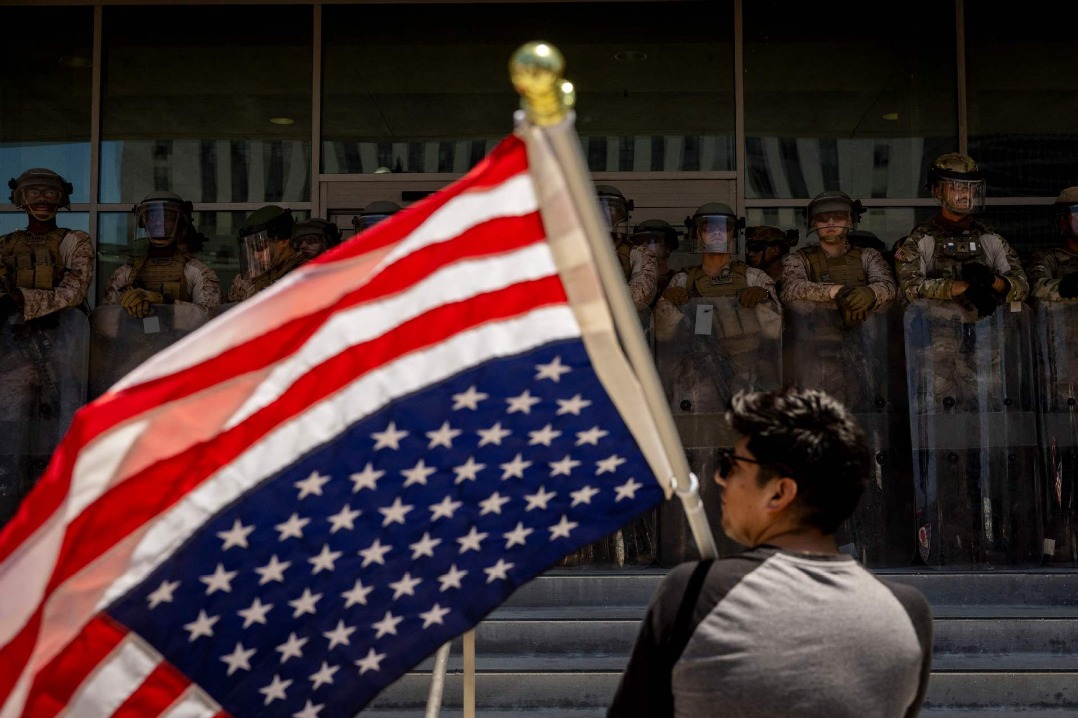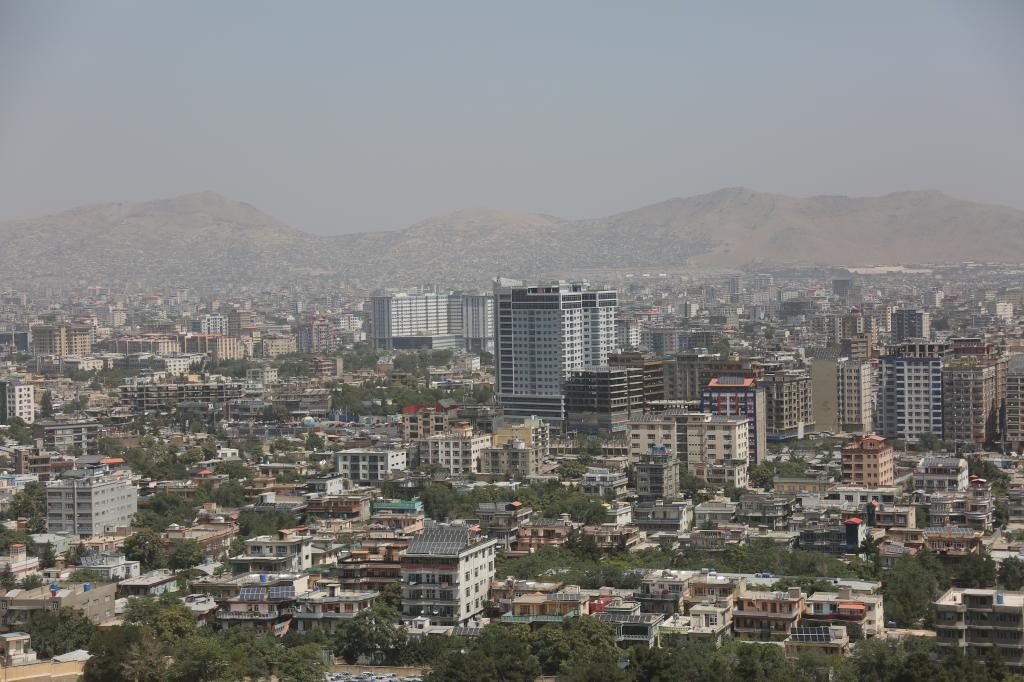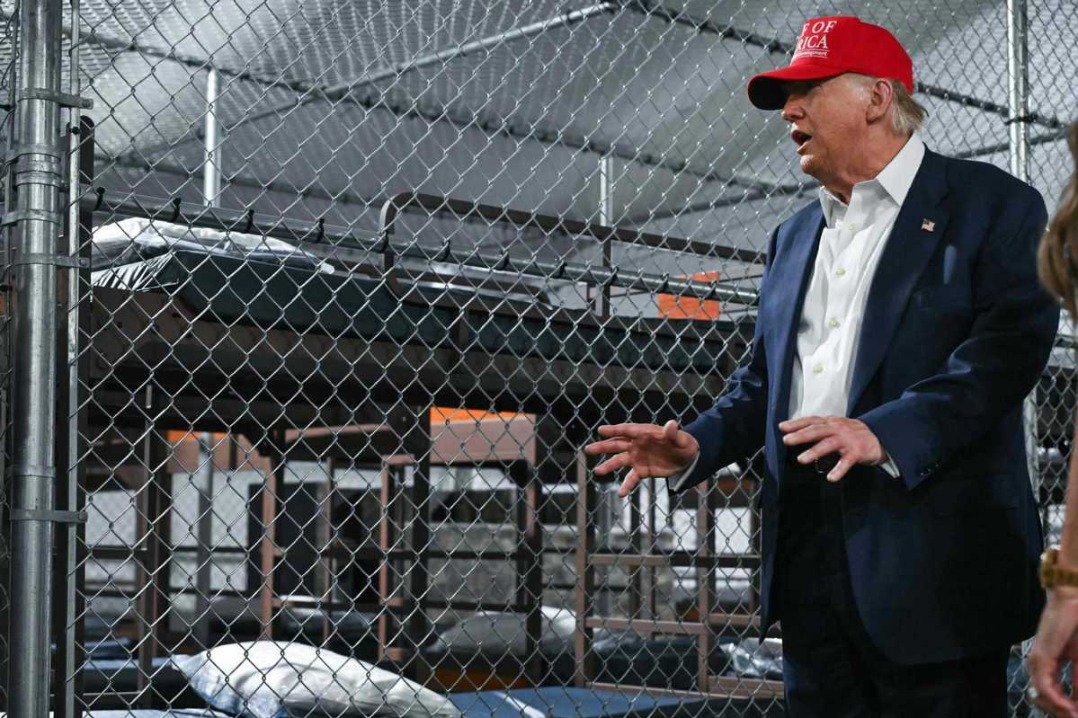Chinese auto brands see prospects in Russian market

Chinese passenger vehicle brands, which have achieved remarkable growth in Russia's new vehicle market during the last two years from less than 10 percent to more than 60 percent, now face a significant re-calibration after their share dipped below 50 percent in early 2025.
While some analysts interpret the shift as a negative signal, industry insiders said the adjustment reflects predictable market dynamics.
"The current correction is a natural consequence, stemming from well-defined factors," Li Feng, general manager of the Moscow China Auto-Electro Show Center, said in an exclusive interview with China Daily in early June.
Li, who also serves as deputy secretary-general of the China General Chamber of Commerce in Russia, emphasized his unwavering confidence in the long-term competitiveness of Chinese automakers in Russia.
"Short-term fluctuations don't define the trajectory. Chinese automakers have built solid foundations through localized production, competitive technology, and extensive dealer networks. The market is re-calibrating, not collapsing," said Li.
Citing data released by the Russian automotive analysis agency Autostat, Li said Chinese brands sold 115,700 vehicles in Russia in 2021, which was twice as many as in 2020 and that accounted for 7 percent of the passenger car market.
A turning point came in 2022, when Western sanctions led to the mass exodus of popular European, Japanese, and South Korean car brands.
Chinese automakers seized the opportunity and by 2023 exports of Chinese passenger vehicles to Russia skyrocketed nearly five-fold year-on-year to 950,000 units, accounting for 20 percent of China's total auto exports and making Russia China's top auto export destination. Autostat said Chinese brands' market share soared to 51 percent that year.
According to Autostat, the upward trend continued in 2024 and the market share of Chinese brands expanded beyond 60 percent, reaching a peak of 68 percent that August.
Notably, Chinese brands occupied eight spots in Russia's 2024 top 10 passenger car sales rankings, with domestic brands Lada and GAZ securing the remaining two positions.
In the meantime, the Russian government implemented a series of tightening policies in the automotive sector, particularly targeting imported vehicles, to support domestic automakers and promote the localization of foreign car manufacturers.
In August 2023, recycling fees sharply increased. And in October 2023, parallel imports were banned for brands with official Russian dealerships, directly challenging manufacturers relying on imports.
In 2024, relevant policies became even stricter and vehicles imported from Eurasian Economic Union countries were subject to full Russian customs duties, VAT, and excise taxes, which eliminated the previous tariff differential advantages. Recycling fees for imported vehicles rose by 70 percent to 85 percent, with scheduled annual increases of 10 percent to 20 percent expected until 2030.
In January 2025, import tariff coefficients increased from between 15 percent and 30 percent to between 20 percent and 38 percent.
Four months later, the Russian State Duma, the lower house of parliament, passed the Localization Requirements Act for Taxi Vehicles that means, starting March 1, 2026, all taxi operators and independent drivers will be required to use only locally manufactured models that meet stringent domestic content standards.
According to Russia's Federal State Statistics Service, or Rosstat, the new taxi law poses a significant challenge, given that Chinese brands account for 70 to 80 percent of Russia's ride-hailing fleet. Industry analysts noted that the legislation requires at least 40 percent local content in vehicles for them to be acceptable, a threshold few current Chinese taxi models can meet without accelerating local production.
Rosstat's data shows that against the backdrop of those policy changes, Chinese auto brands experienced a sharp decline in market share.
In the first quarter of 2025, sales of Chinese vehicles in Russia plummeted to 132,000 units, a 32 percent year-on-year contraction. The downward trend accelerated in March, with monthly sales dropping 49 percent to 41,000 units, and with the market share shrinking to 49.6 percent. It was the first time since early 2023 that Chinese brands' market share in Russia's passenger vehicle market had fallen below the 50-percent mark.
Some analysts believe the golden era for Chinese auto brands in Russia has passed and that it is time to withdraw, but Li sees things differently.
"It's true that policies have an impact, but they are not the only factor influencing the Russian passenger vehicle market," said Li.
He pointed out that, according to a report in the Russian newspaper Izvestia, soaring lending rates were the primary factor behind the contraction of Russia's automobile market in the first quarter.
In an effort to curb runaway inflation, the Central Bank of Russia raised its key interest rate to an unprecedented 21 percent in October 2024, pushing auto loan rates to between 18 percent and 24 percent. This dealt a heavy blow to business and consumer confidence because approximately 80 percent of auto sales in Russia rely on financing.
"Even Lada, a long-standing market leader in Russia, was not immune to the downturn. In March, its deliveries plummeted 36.9 percent year-on-year to a mere 25,167 units, marking its weakest performance since the Western brands' exodus in 2022," Li said.
He believes, as Russia's domestic brands continue to progress steadily and global automakers from South Korea, Germany, and the United States prepare to re-enter the market after the resolution of the Russia-Ukraine conflict, it is unlikely Chinese car brands will maintain their current dominance indefinitely.
However, it is highly likely they will retain a substantial market share.
"Based on my long-term observation of Russia's automotive industry, a reasonable projection is that China's future market share will hover around 40 to 50 percent," Li said.
































